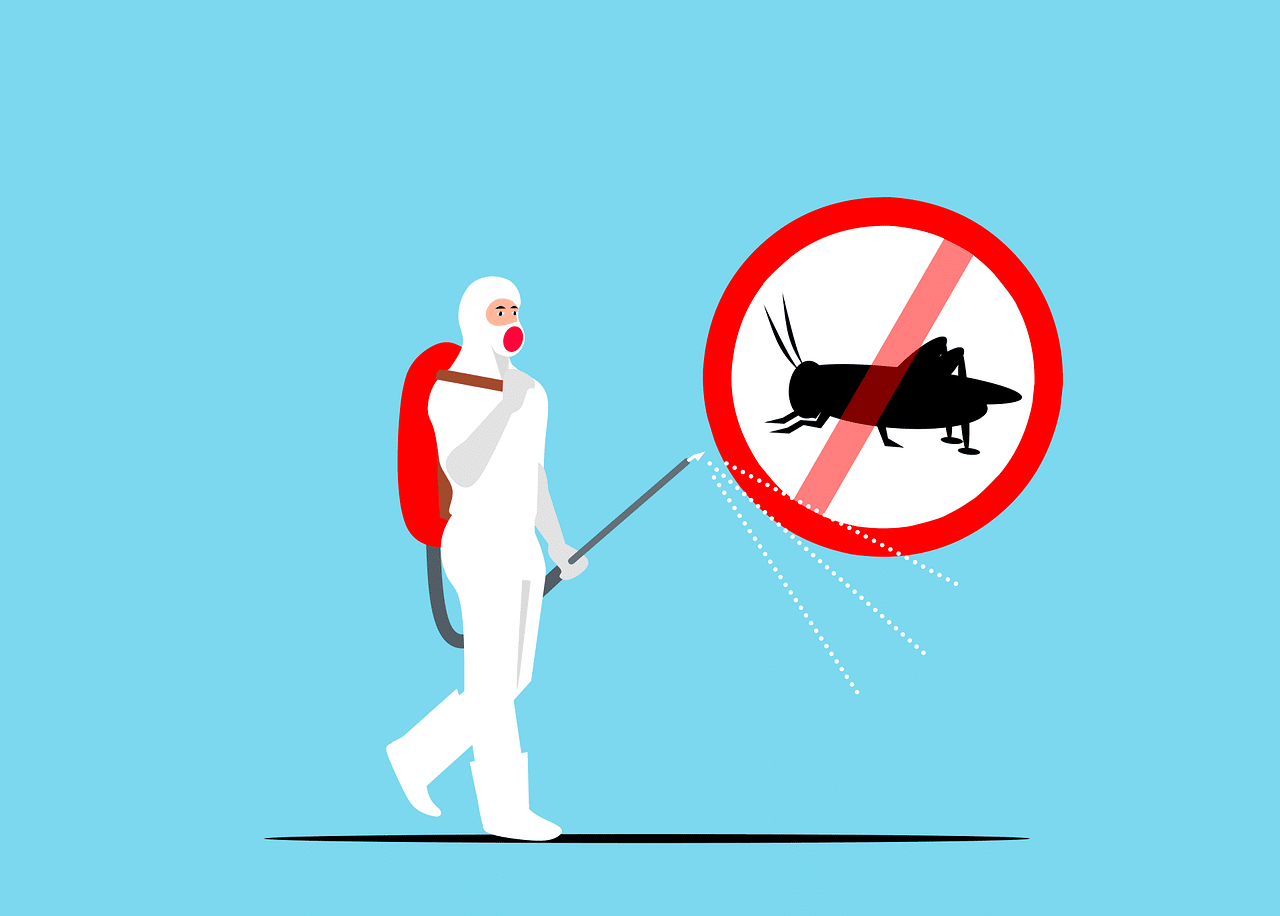
More and more people are reluctant to use chemical components to combat pests and plant diseases. These products are not only harmful to insects and fungi, but also to fauna and even flora found in the environment. In the case of vegetables, it can even be harmful to ourselves. However, it is important to know and know how to apply the ecological options that we have. That's why we're going to talk on Neem oil and potassium soap.
If you do not know what these natural products are, I recommend that you continue reading. We will explain what they are for, the doses that we must apply and how they are used.
What is Neem oil?
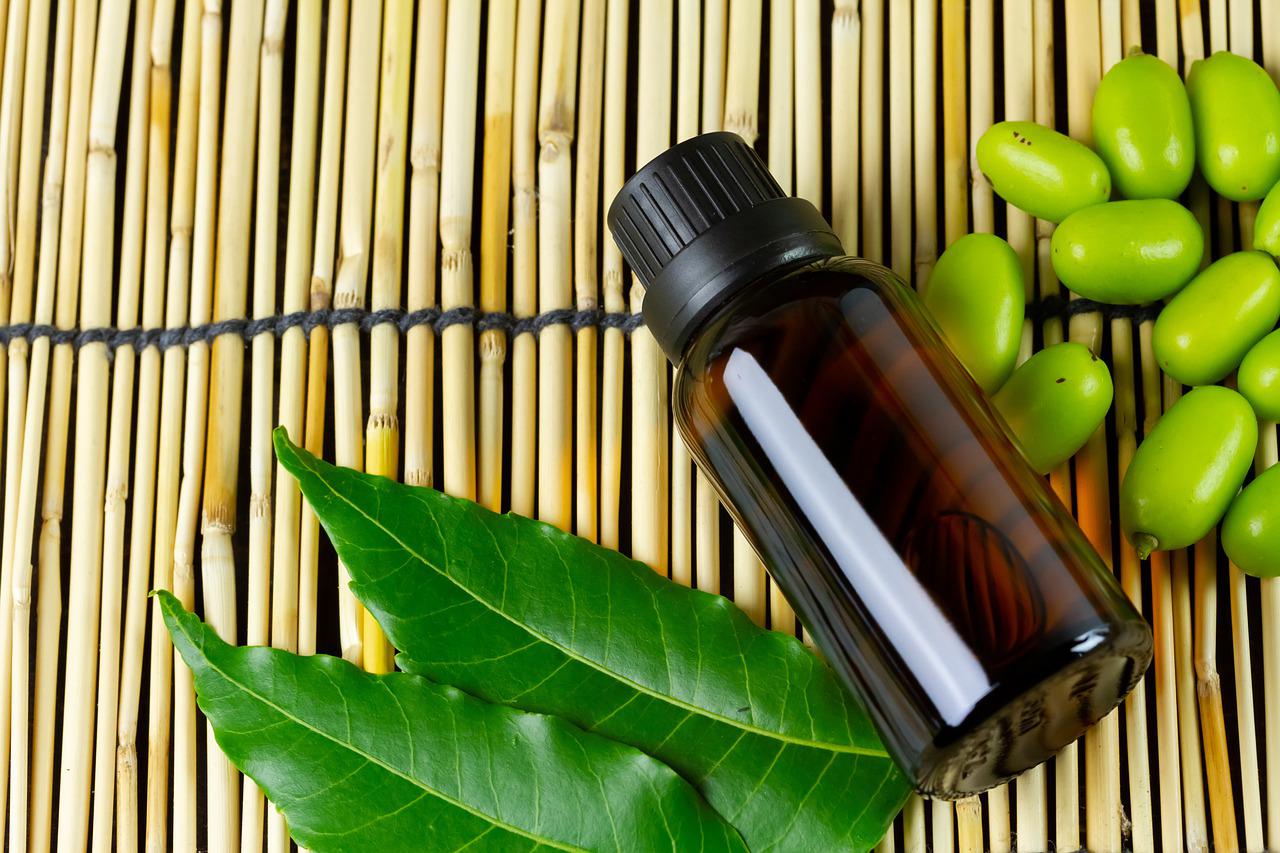
Before talking about how to use Neem oil and potassium soap, we must first clarify what both products are, starting with the first. Also known as Neem extract, This oil is a natural insecticide widely used in gardening and organic farming. It is extracted from the fruits of the tree called Please (hence the name of the product). It helps fight various pests and fungi, but it is also a good preventive product.
The application of Neem oil is carried out through irrigation or by spraying. It is important to note that this product should not be applied together with sulfur. The mixture of both products produces a phytotoxic reaction, that is: It poisons the plants. If we want to use both sulfur and Neem oil, it is essential that we leave at least three weeks between each application so as not to damage the vegetables. The same thing happens with copper, but in this case we can leave a period of two weeks between applications.
But what pests does Neem oil act against? Well, let's see, some are the minelayer, the White fly, aphid, trips, cochineal, the fleas, the Mites, bed bugs, small caterpillars, small locusts or grasshoppers, weevils and termites. Definitely: It is used to combat practically all soft insects, including its larvae, but it is also very effective against some fungi such as rust, mildew and powdery mildew. In the event that we have problems with some more powerful fungi, such as black spot, alternaria or botrytis, a good option is to add sodium bicarbonate. This will make the mixture more effective.
How much Neem oil per liter of water?
When applying Neem oil, we have to introduce the mixture in a sprayer or sprayer and Apply it all over the plant, both above and below the leaves. Before its application, we must first acquire an emulsifier. Potassium soap is usually used, which we will talk about later. Now let's see the quantities and measures:
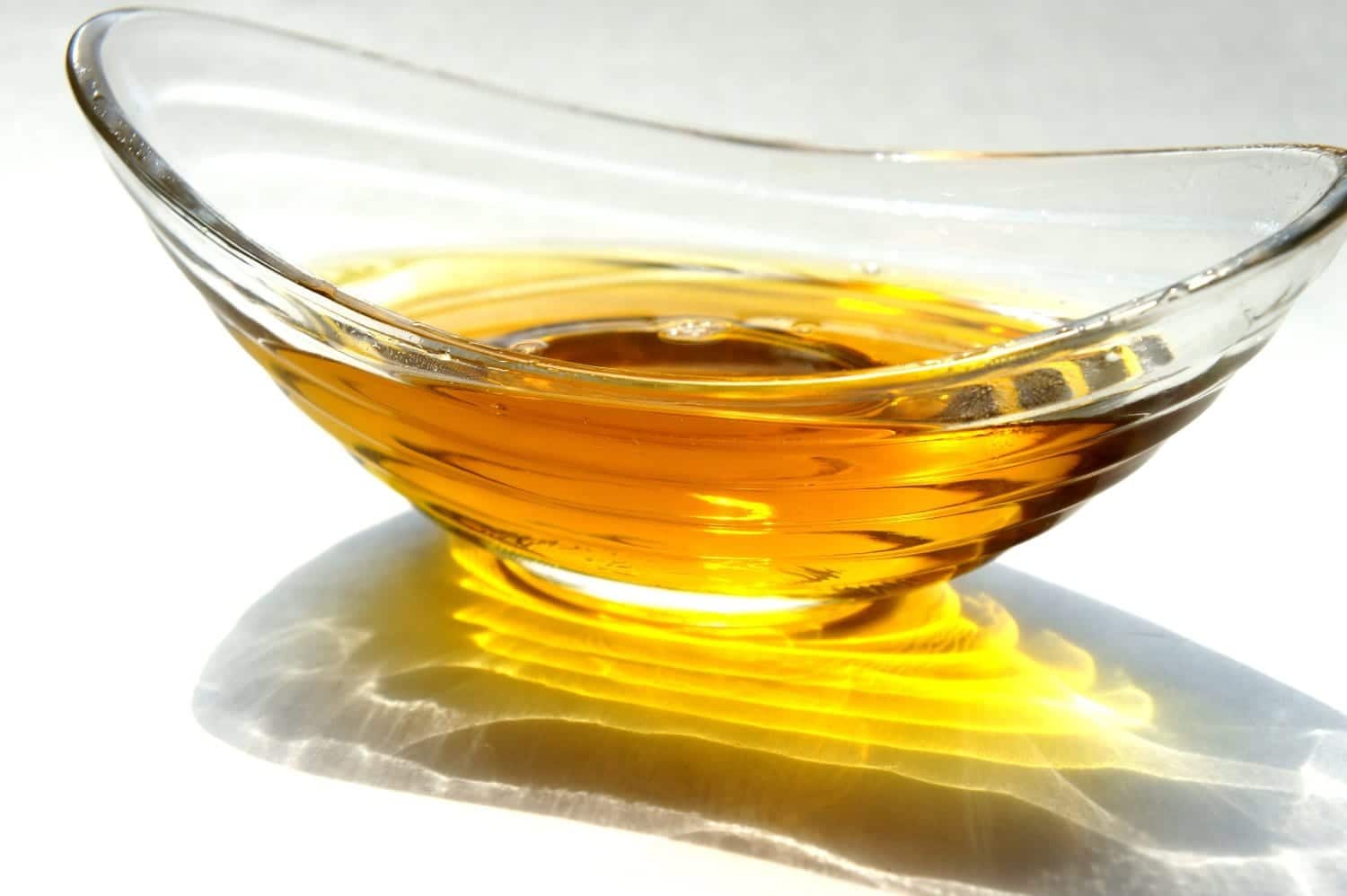
- By irrigation: 3-4 milliliters per liter of water
- Sprayed against little widespread plague: 6 milliliters of potassium soap + 3 milliliters of Neem oil per liter of water
- Spray against widespread plague: 6 milliliters of potassium soap + 5 milliliters of Neem oil per liter of water
- Powerful Mushrooms: Add 2 grams of potassium bicarbonate for every liter of water.
It should be said that each milliliter of Neem oil corresponds to about 20 drops approx.
What is potassium soap?
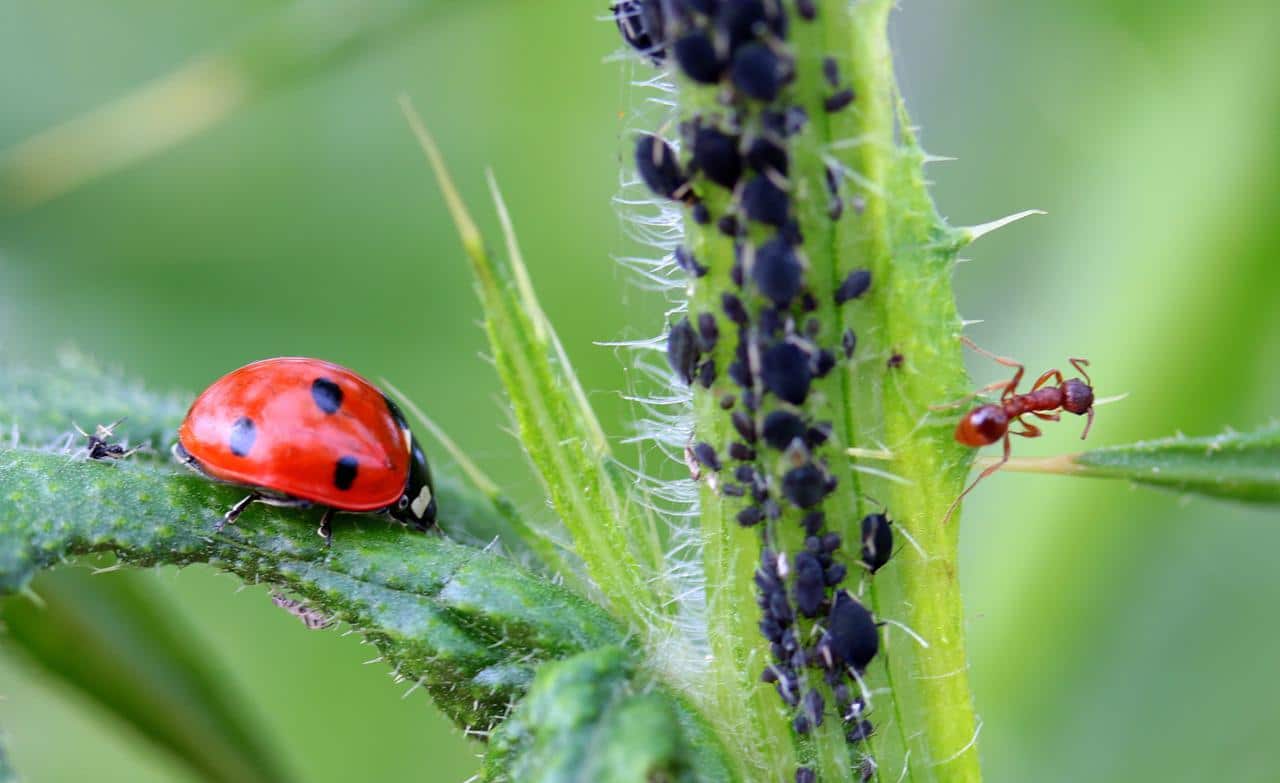
We already know something more about Neem oil, but what is potassium soap? Just like the extract we talked about earlier, this product is also organic and natural. Potassium soap is very effective in eliminating some pests and preventing them. It is usually a highly recommended treatment to combat mealybugs, aphids and whiteflies. However, it is also very useful against other pests and even against some types of fungi.
Of course, it is not a miracle product. When it comes to fighting a pest or fungus, you have to be patient. For potassium soap to be effective, several applications must be made. It is very unlikely that using it just once will get rid of all the bugs that have invaded the plant in question.
How much potassium soap per liter of water?
The amount of potassium soap that we must dissolve in a liter of water will depend mainly on the concentration of the soap. Let's see below the recommended amounts:

- Potassium soap 50%: 2,5 - 5 milliliters per liter of water.
- Potassium soap 20%: 10 - 20 milliliters per liter of water.
How is Neem oil and potassium soap used?
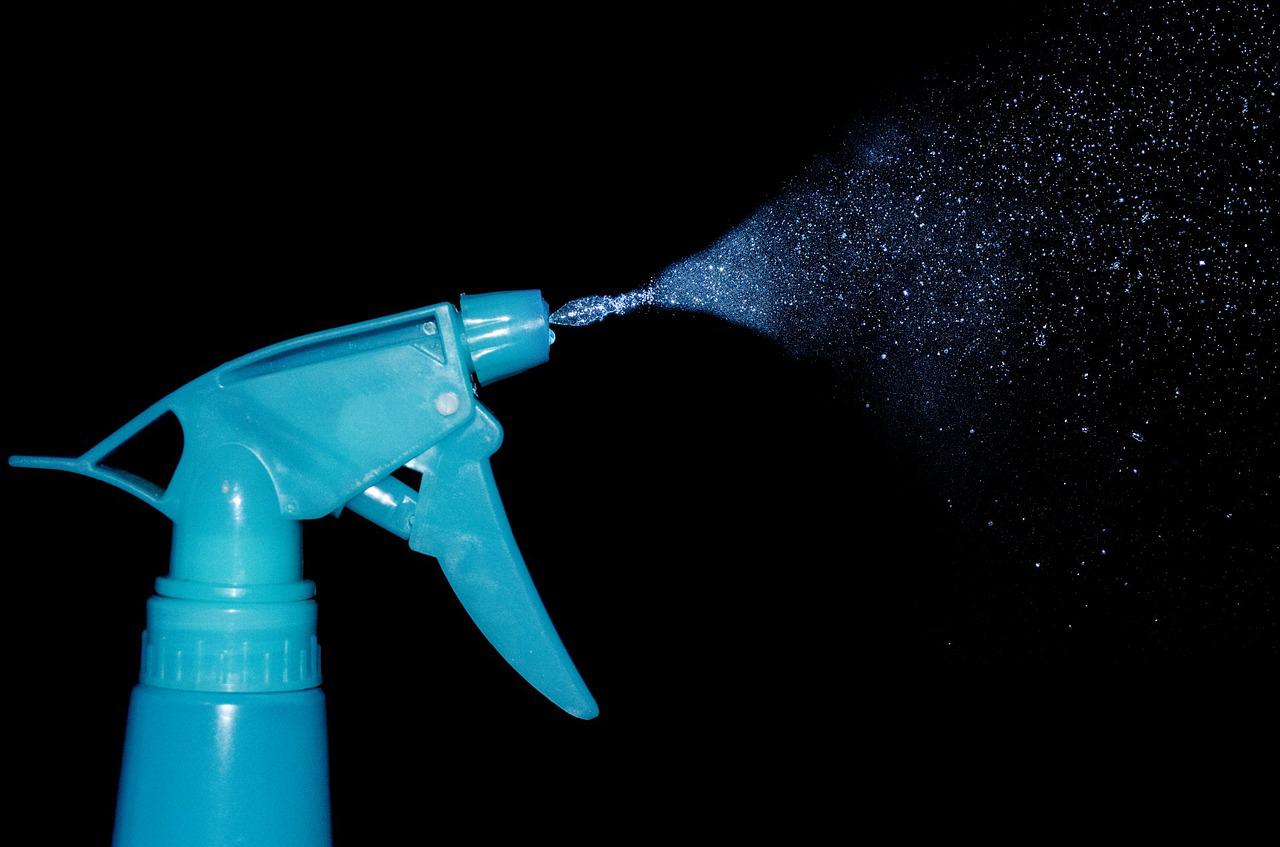
Now that we know what these two organic products are, we are going to discuss how to use Neem oil and potassium soap. The first of them, as we have already mentioned above, is applied by irrigation or by spraying. It is best to perform this task in the morning or at sunset. In this way we will prevent the plants from burning. The frequency with which we should apply this product will depend on the type of treatment, let's see it:
- Prevention: Neem oil application every 15 to 20 days.
- Treat pests: Application every 4 to 5 days until the pest has been completely eliminated. In the event that the plague is very serious, only Neem oil can be applied by irrigation, without bicarbonate.
- Fight pests with foliar treatment: Every 4 to 5 days.
As for potassium soap, its application is usually foliar and with light pressure, but be careful not to crush the leaves. To make it even more effective, it is best to make sure that you clean both sides of the sheets well. This product is perfectly capable of completely eliminating some pests, such as trips, aphids, mealybugs or the Red spider. To achieve this we must apply it every 3 to 5 days.
Neither of these two products kills pests instantly, as do synthetic insecticides and pesticides. They deprive insects of their food, growth and reproduction. For this reason, both treatments are somewhat slow, taking between five and seven days to take effect.
Whenever possible, it is best to use natural insecticides. We can try Neem oil and potassium soap, and if we still can't eliminate the payment, we can look for alternatives.